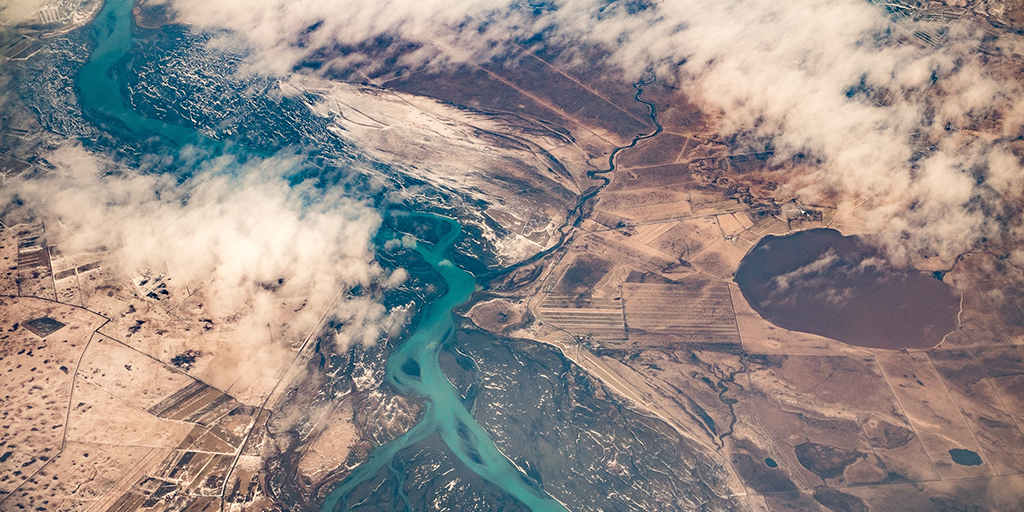The 100-year storm. The 50-year flood. We’ve been hearing these terms a lot over the last few years. Common understanding is that they are events that happen once every 100 years. Or once every 50 years. In reality, they are events that have a 1% (or 2%) chance of happening every year. Lately, we’ve been beating the odds on major rainfall events in Ontario. These events increase the impacts of seasonal flooding and make exceptional or extraordinary flooding more likely and often more damaging.
Seasonal flooding itself can be devastating. Exceptional flooding like we’re seeing along the Ottawa River can destroy livelihoods. Both seasonal and exceptional flooding events are only expected to grow in frequency and intensity. This is a big change, not only for municipalities and project proponents that control dams and drainage works, but also for landowners and conservation authorities trying to fully understand the practical usefulness of local flood plain information.
This change is more than just infrastructure improvements. It means a change in the mindset and practices of those on or near natural watercourses.
Most municipalities have keyed in on the fact that their drainage infrastructure needs to change to accommodate the more intense precipitation we’re experiencing in Ontario. Culverts are getting bigger, ditches are getting deeper, and pipes are getting larger to handle the increased flow. These municipal matters and disputes are typically handled under Ontario’s Drainage Act. Disputes against municipalities can lie outside the bounds of the Drainage Act, including actions for negligence and nuisance.
Where problems do typically arise is when private landowners place culverts on streams or creeks and fail to properly maintain or upgrade those culverts to handle increased water flows. These disputes are typically covered by ‘not-so-well-known’ common law (i.e. law that doesn’t appear in statues or regulations).
Problems are also prevalent in larger watercourses where dams and other works obstruct or control the natural flow water. As rainfall increases and/or becomes more intense over shorter periods, these water works need to be operated in way that can effectively handle the increased water and minimize damage both downstream and upstream of the works. If the retention of water at these works is not managed properly and in a coordinate manner, it can have huge consequences for riparian and flood plain landowners.
The law in Canada is clear – anyone who obstructs or otherwise controls a natural watercourse is liable for damage caused by the insufficiency of those controls, even in exceptional or extraordinary rainfall (i.e. events typically seen as an act of God). The premise being that but for the act of man, there would have been no damage from the act of God. This principle is set out in a long line of case law reaching back to the 19th Century and it is likely going to become a lot more relevant as those exceptional and extraordinary rainfall events become more frequent.
If you think your flooding issues result from someone else’s actions, talk to your insurance provider. If, like in most instances, insurance doesn’t cover your loss, talk to a lawyer. Our lawyers at Merovitz Potechin LLP are ready and willing to help those impacted by any type of flooding, large or small.






